Bennuval!
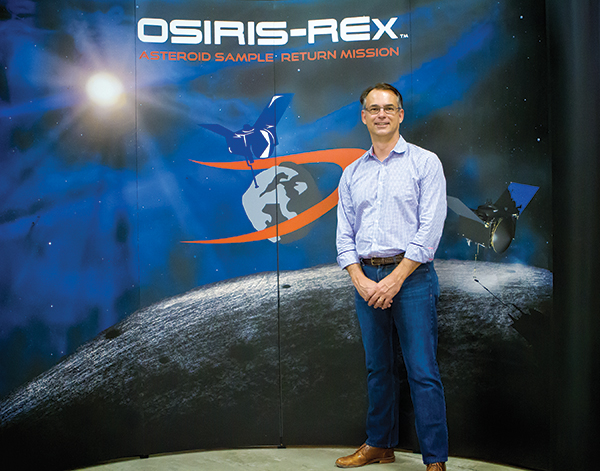
Dante Lauretta, UA professor of Planetary Science & Cosmochemistry & Principal Investigator on NASA’s OSIRIS-REx Mission
Celebrate an Asteroid that Might Collide with Earth
Hurtling through space at 62,120 mph is a rather large rock. It’s 500 meters—or about one-third of a mile—in diameter, and even though that’s on the small-to-medium range as far as asteroids are concerned, it’s one that University of Arizona Professor of Planetary Sciences Dante Lauretta has his eye on. Partly because there’s a decent chance that it will one day collide with the earth.
Congress has mandated that NASA identify and monitor all of the celestial bodies over one kilometer in diameter that could eventually present a problem for our planet—those are the ones big enough to wipe out an entire city, or worse. Lauretta, though, thinks that we should be looking for anything larger than fifteen meters.
For reference, the impact on the Yucatan Peninsula that took out all the dinosaurs was about 10 kilometers in diameter; the asteroid that exploded in air over Chelyabinsk, Russia in February of 2013 was only about 14 meters in diameter. Still, Lauretta says that the resulting kaboom from the Chelyabinsk event was equivalent to a roughly 400 kiloton explosion; enough to knock down buildings, shatter windows, and injure a whole lot of people in the city below—the bomb the United States government dropped on Hiroshima in 1945 was closer to 15 kilotons. And, should that 500-meter rock named 101955 Bennu, find its way through our atmosphere, that explosion would be somewhere on the order of 3,000 megatons (emphasis on the ‘mega’).
When Bennu was discovered in 1999, it was about twice as far away from earth as we are from our own moon—that’s pretty close in astronomical terms. And, though you probably didn’t know it, our home planet has a similar cosmic close-call with this particular asteroid about once every six years. But, says Lauretta, in exactly 120 years, Bennu will come so close to earth that it will actually pass between the earth and the moon. And here’s the scary part—after that sub-lunar flyby, there is about a 1/2700 chance that Bennu’s orbit will bring it right back around to earth another forty years or so later; that’s about the same chance you have of dying from a fall down the stairs. Says Lauretta, “You’d probably cross the street with those odds,” but when it comes to asteroids that could wipe out huge swaths of humanity, it’s probably best not to roll the dice.
Lauretta, who is also the Principal Investigator on the University of Arizona’s NASA-funded OSIRIS-REx asteroid sample return mission—a mission that intends to make actual contact with Bennu and return with a piece of it—is hoping that the data he’s collected for the project proposal (an effort that was seven years, five drafts, and a few thousand pages in the making), as well as whatever he learns from the sampling process will prove to be valuable to those scientists about 150 years from now, who will no doubt be looking into Bennu again, perhaps even more closely than Lauretta himself.
Where he is open to talking about Bennu’s potential for impact, Lauretta’s real interest in the asteroid is in the rocks, themselves. Well, not so much the rocks, but what he might find on them. “When we study asteroids,” Lauretta says, “we’re studying the geological remnants from the very beginning of our solar system. So,” he explains, “we’re looking at the processes that led to the formation of the planet earth and to the origin of life itself.” That’s right—Lauretta thinks that those rocks might contain evidence of extraterrestrial life.
Essentially, Lauretta says that there is a certain type of asteroid called a ‘carbonaceous’ asteroid “which seems to have a lot of organic material on it.” By organic material, he mean things like amino and nucleic acids, which he says are the “precursors to important biomolecules” like proteins, DNA, and RNA; what Lauretta calls “the seeds of life.” Bennu is one such asteroid.
The OSIRIS-REx spacecraft is currently being assembled by partners at Lockheed Martin in a clean room facility near Denver, Colo. and is scheduled to launch on Sept. 3, 2016. The spacecraft will then travel for two years en route to the asteroid before flying alongside it for a period of about ten months to “survey and map” the surface of Bennu before they pick an extraction site. The sample collection will be accomplished using a sort-of mechanical-vacuum-arm device that will touch the surface of the asteroid for about five seconds without ever actually landing on it, and then turn around to begin its two-year return cruise.
Lauretta says that this “touch-and-go” method of sample collection is unique to the OSIRIS-REx project. The only previous attempt to collect a sample from an asteroid in space was the partially-successful Japanese project, Hayabusa. After the craft and its collection mechanisms were damaged in a fall, Hayabusa returned to earth with only the particulates that got caught in the machinery as it tumbled over the surface of its target. Coincidently, Lauretta says that Hayabusa II, which launched in Dec. of last year, is expecting to make contact with its own target asteroid within months of when OSIRIS-REx plans to begin their own survey phase. And, since both teams “share the same science goals,” Lauretta says that they have agreed to perform an asteroid sample swap in which each team will get a sample of the other’s rock, if successful. “That way,” he explains, “if either mission is successful, both teams get asteroid sample for their laboratories.” Call it scientific insurance.
Since Professor Lauretta has been entrusted with about $1 billion in federal tax monies for his project, he says he feels “obligated” to engage the community and educate them about OSIRIS-REx. Plus, he’s just really excited about it, and he thinks the rest of Tucson could be, too. “We want Tucson to think of OSIRIS-REx as sort-of the ‘Hometown Kid’,” says Lauretta, pointing out that the spacecraft’s journey is itself a classic treasure-quest story.
In that spirit of education and engagement, Lauretta and the OSIRIS-REx team are hosting an event at the Fox Theatre this month which they hope will serve as the community introduction they’ve been waiting for. Bennuval!, billed as “An Evening of Space, Art, and Music,” will feature music by ChamberLab, performances by Flam Chen and the Tucson Improve Movement, and an “Art of Planetary Science” exhibition. The event will be hosted by Geoff Notkin, former star of the Science Channel series Meteorite Men and owner of the local meteorite collection and distribution company, Aerolite Meteorites, LLC.
Lauretta says that, though people often think of the arts and sciences as at odds, “they’re really complementary”. Artists, musicians, acrobats, comedians, and scientists “are all working toward the same celebration of the human experience,” says Lauretta. And as such, you can expect the Bennuval! show to offer a few surprises. “I don’t want it to be a stovepipe show,” he says. At a recent performers’ meeting, Lauretta told the cast he wanted them to “get on stage with each other and just see what happens.” He then went on to say that he thought “something really interesting and exciting is going to come out of that,” and I wasn’t sure anymore if he was talking about the spacecraft or the upcoming show. Really, he’s probably right on both counts.
Bennuval! takes place on Sat. Sept. 12 at 7pm at the Fox Theatre; tickets start at $18. More information and tickets are available at FoxTucsonTheatre.com. More info on the OSIRIS-REx mission can be found online at
AsteroidMission.org



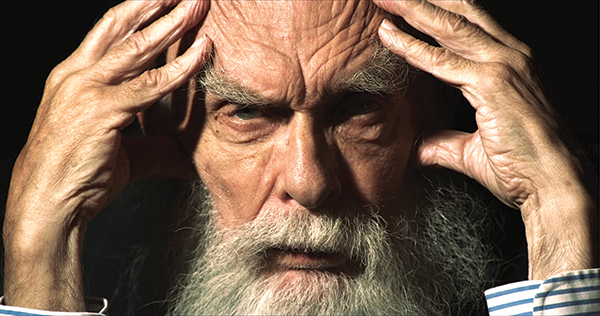
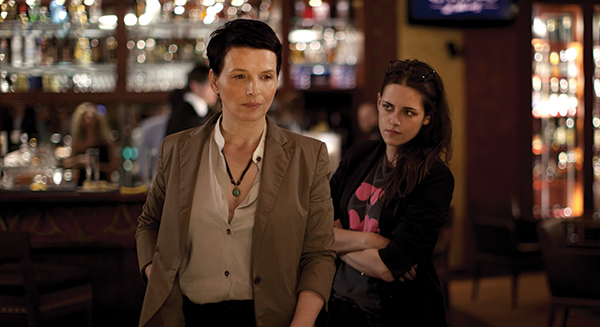

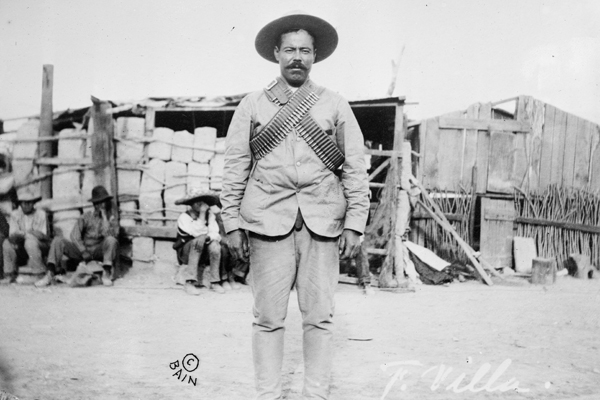
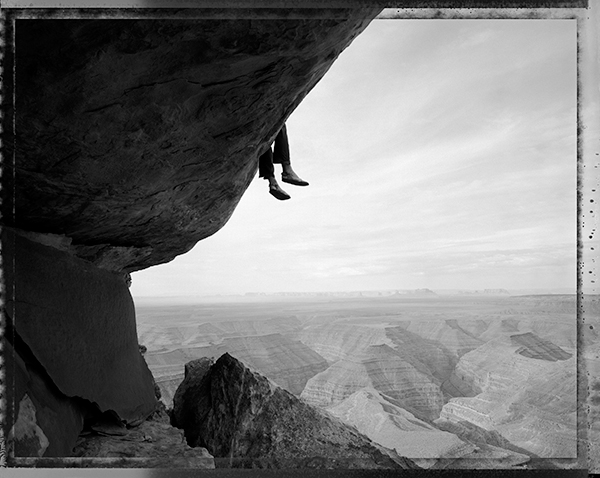
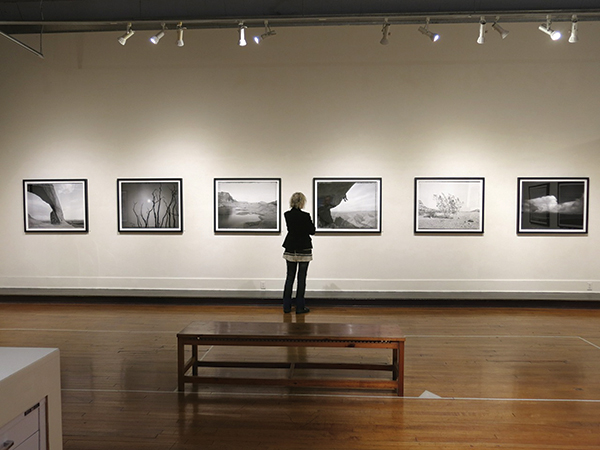


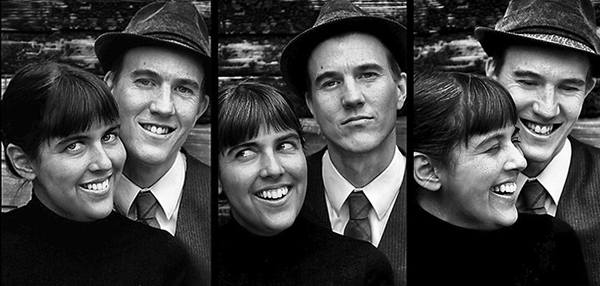
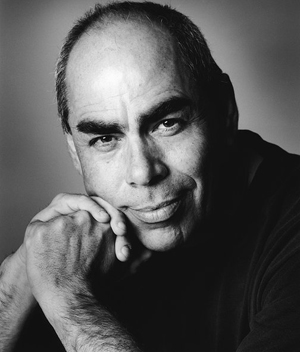




Also find us on...